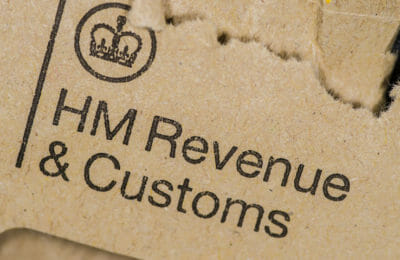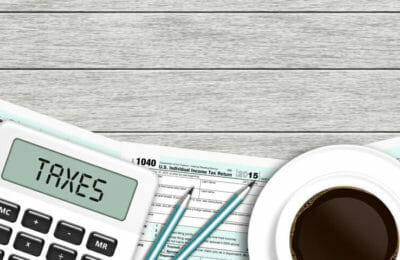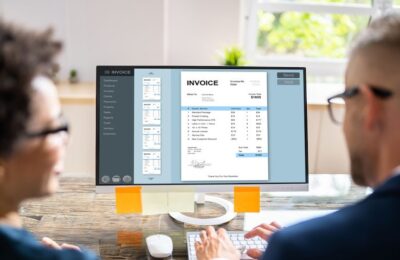UPDATE TO THIS STORY: Government announces MTD ITSA to be delayed until 2026.
Back in July 2020, we reported on how the government planned to introduce Making Tax Digital for landlords and the self-employed. Since then, the government has published draft regulations on Making Tax Digital for Income Tax Self-Assessment. As with most statutory instruments, this is not a light or easy read! However, it does contain important information for both landlords and the self-employed, so we are using this blog post to bring you up to date.
When will Making Tax Digital be introduced for landlords and the self-employed?
Making Tax Digital for Income Tax Self-Assessment (MTD ITSA) will now come into effect in April 2026.
Who will be affected?
MTD ITSA is likely to affect the following people:
- Self-employed individuals with a tax-year turnover of £50,000+
- Landlords with a tax-year turnover of £50,000+ (£30,000 from April 2027)
However, note that the turnover threshold refers to the combined turnover of an individual’s business and rental properties. So, if you have a self-employed business with a turnover of £9,000 and also have rental income turnover of £49,000, you’ll be over the £50,000+ threshold.
MTD ITSA has been deferred until a later (unknown) date for:
- Partnerships
- LLPs
- Limited partnerships
Who will be exempted?
Making Tax Digital for Income Tax Self-Assessment will not apply to the following:
- Self-employed people or landlords with turnover below £50,000 (£30,000 from April 2027)
- A deceased person’s estate
- Registered pension scheme trustees
- Non-resident companies
- Individuals who can claim to be ‘digitally excluded’. This could include people who cannot access the internet, have a disability that prevents them from using technology or have religious beliefs that prohibit internet use.
I’m a landlord who is going to be over the threshold, what do I need to do after April 2026?
From this date, you have to use MTD-approved software such as Xero or FreeAgent to make quarterly submissions. These submissions will need to include details of your trading or rental income, plus your expenses for the period in question.
The dates on which you will need to make the MTD quarterly submissions are as follows:
- August 5th – for the 1st quarter to 5th July.
- November 5th – for the 2nd quarter to 5th October.
- February 5th – for the 3rd quarter to 5th January.
- May 5th – for the 4th quarter to 5th April.
Therefore, you’ll need to make the first MTD ITSA submission on 5th August 2026. However, you will not have to pay your income tax every quarter. As you do now, you will pay this over on 31st January and 31st July every year.
You can also declare other income and capital gains disposals via a finalisation process.
Will I need to complete a Self-Assessment Tax Return?
No. MTD ITSA takes the place of your normal tax return.
What do I need to do now?
The sooner you prepare for MTD ITSA, the better. If you don’t comply in time, you are likely to be hit by financial penalties.
If you are a THP client, we can assist you by sourcing compliant software, helping you learn how to use it and by making sure your MTD submissions are submitted on time. Remember – while you have to comply with MTD ITSA by April 2026, there’s nothing stopping you from opting in early. If you think this is the best plan for you, talk to us. We can help you get up and running well in advance of the MTD deadline.
Confused about MTD? Our guide, ‘What is Making Tax Digital?’ can help!
About Jon Pryse-Jones
Since joining THP in 1978, Jon Pryse-Jones has been hands on with every area of the business. Now specialising in strategy, business planning, and marketing, Jon remains at the forefront of the growth and development at THP.
An ideas man, Jon enjoys getting the most out of all situations, “I act as a catalyst for creative people and encourage them to think outside the box,” he says, “and I’m not afraid of being confrontational. It often leads to a better result for THP and its clients.”
Jon’s appreciation for THP extends to his fellow team members and the board. “They really know how to run a successful business,” he says. He’s keen on IT and systems development as critical to success, and he continues to guide THP to be at the cutting edge and effective.
Read More











